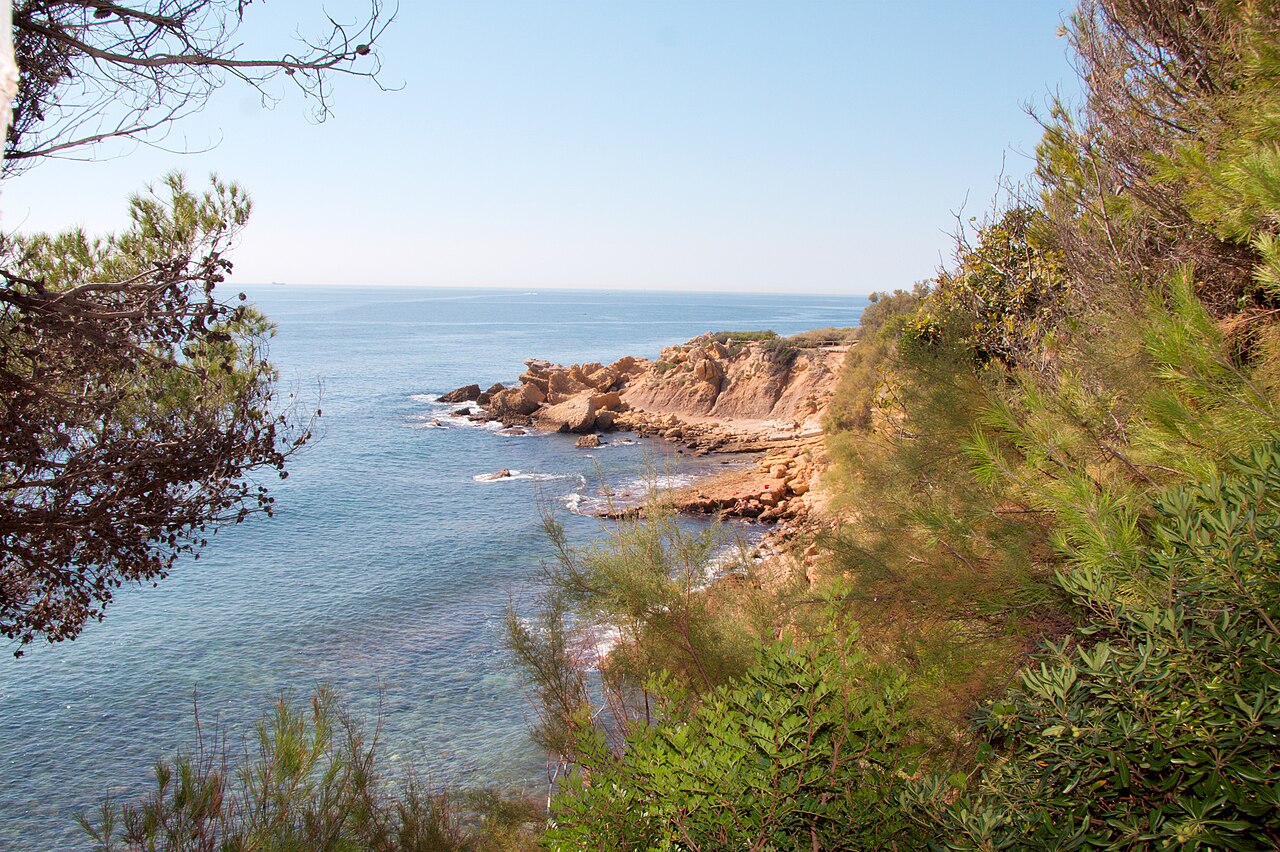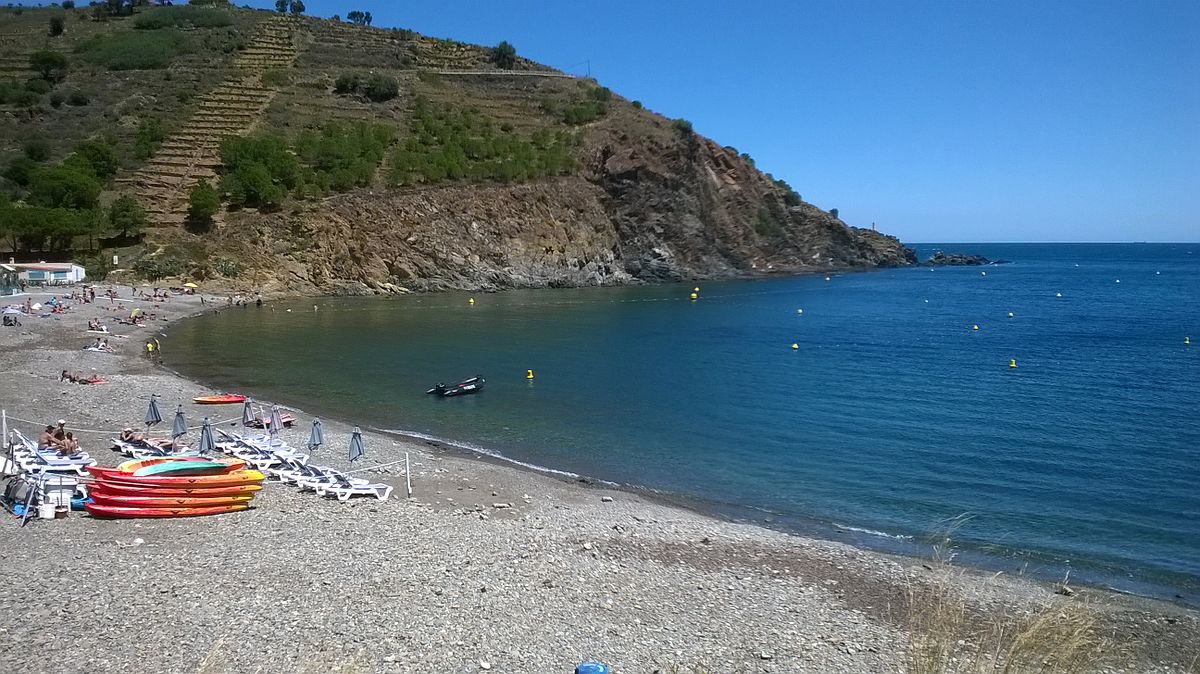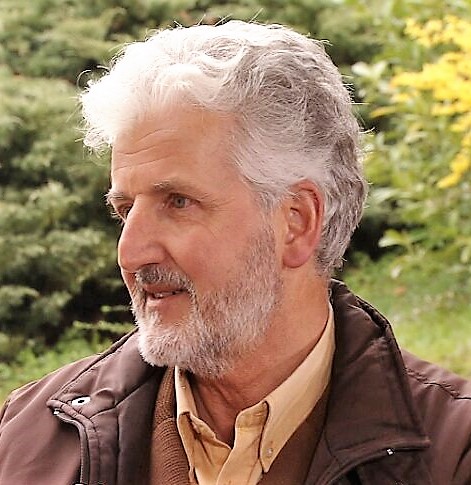Mediterranean sites in France and Spain successfully renew their IUCN Green List status
Côte Bleue Marine Park and Cerbère-Banyuls Natural Marine Reserve in France, along with Sierra Nevada National and Natural Park in Spain, are the sites in the Mediterranean region that have recently renewed their IUCN Green List status. In doing so, they maintain their place among the 76 globally recognized locations in 18 countries included in the IUCN Green List celebrated for their effective governance and conservation management outcomes.

In May 2024, four new sites joined the Green List and ten sites, in Mexico (1), Spain (1) and France (8), renewed their Green List status. Three of the sites renewed are based in the Mediterranean Region, Côte Bleue Marine Park and Cerbère-Banyuls Natural Marine Reserve in France and Sierra Nevada in Spain. Having shown that they continue to fulfil the Green List standards of fair and effective management, the three sites will remain on the Green List for another five years until the following renewal.
France has a diverse natural heritage, which varies from terrestrial to marine. France is home to five land hotspots and two marine hotspots of the world’s 36 designated biodiversity hotspots. Currently France has more than 5,500 protected areas, which include the recently relisted marine sites of Côte Bleue Marine Park, between the bay of Marseille and the Gulf of Fos, and Cerbère-Banyuls Natural Marine Reserve, extending over 6.5km2 of sea between Banyuls-sur-Mer and Cerbère.
The Côte Bleue Marine park, established in 1983, spans 188.64 km2 of sea which supports a rich biodiversity. Of the species harboured in its waters, around 100 of them are listed under the Bern and Barcelona Conventions and over 60 animal species are protected by international agreements, including 15 at the national level. The park maintains and manages its resources with a variety of tools, including artificial reefs and protection reefs.
The Cerbère-Banyuls Natural Marine Reserve, established in 19741 as the first natural marine reserve in France, offers a variety of habitats to a great number of species. From Posidonia meadows to rocky reefs, the reserve hosts 1,239 species of fauna and 497 species of flora. Managed by the Pyrénées-Orientales General Council, the reserve aims to protect these marine species and sustainably manage human activities. As part of its management, the reserve monitors the area about a dozen times annually, often in collaboration with research laboratories. Additionally, the Cerbère-Banyuls Natural Marine Reserve is buffered by the Parc Naturel Marin du Golfe du Lion, a 4,019 km2 marine protected area that monitors fish populations and regulates fishing activities to mitigate environmental impact.2
 Photo: Banyuls-Cerbère Natural Marine Reserve © FL2014 | Creative Commons
Photo: Banyuls-Cerbère Natural Marine Reserve © FL2014 | Creative Commons
Spain, located in one of the 36 biodiversity hotspots of the world, boasts one of the most diverse arrays of biodiversity in Europe. Due to its unique location between the Atlantic and Mediterranean, it contains four of the nine biogeographic regions of Europe: Atlantic, Alpine, Macaronesian and Mediterranean, where Sierra Nevada belongs. This diversity is highlighted in Sierra Nevada, one of Europe's richest biological areas. It is home to over 2,100 plant taxa, which represent nearly 30% of Spain's peninsular flora, and the world's largest population of the Iberian endemic Mountain Goat (Capra pyrenaica).
The Sierra Nevada Natural and National Park in Spain, situated among the highest peaks of the Iberian Peninsula, spans from the province of Granada to the Almería province. The park features diverse landscapes, from glacial valleys to deciduous and riparian forests. Recognized as a Natural Park, National Park, and Biosphere Reserve, Sierra Nevada's varied climates and altitudes support a rich array of flora including a high degree of endemic species. Amongst the 120 endemic taxa only found in the park are the Sierra Nevada violet (Viola crassiuscula) and snow star (Plantago nivalis).3
All the three protected areas, Côte Bleue Marine park, Cerbère-Banyuls Natural Marine Reserve and Sierra Nevada National and Natural Park have been involved in the development of the Green List since its beginnings, participating in the pilot phase of the Green List in 2014. In 2024 these sites have renewed their committed to effective management renewing their Green List status.
 Photo: Sierra Nevada Natural and National Park © Benoit Brummer (Trougnouf) | Creative Commons
Photo: Sierra Nevada Natural and National Park © Benoit Brummer (Trougnouf) | Creative Commons
Green List
The Green List is an IUCN initiative which was launched in 2014 during the IUCN World Park Congress, in Sydney. The aim of this international list is to recognise and promote fairly and effectively managed protected and conserved areas on a global scale. Through this recognition IUCN hopes to encourage protected and conserved areas to verify, improve and maintain their performance through the application of 17 globally consistent criteria that set benchmarks for four components: (i) good governance, (ii) sound planning, (iii) effective management and (iv) success of conservation results. The criteria and indicators defined by the IUCN Green List Standard can be adapted to the context and specificities of each jurisdiction to offer the most comprehensive assessment. Supported by the Gordon and Betty Moore Foundation (GBMF), the Green List initiative hopes to support the implementation of the new Global Biodiversity Framework Targets and the 30x30 ambitions to secure biodiversity and climate benefits.
If interested in applying for the Green List, the process involves several key steps. The organisation responsible for the application must complete and submit an application form. Before completion, thorough review of IUCN's guidelines is essential (the latest versions of the 'IUCN Green List of Protected and Conserved Areas Standard', the 'Generic Indicators', and site-relevant sections of the 'IUCN Green List User Manual'). Please find more information on the application process on the Green List website.
To submit an application to the Green List CLICK HERE
For more information, please contact: jose.postigo-sanchez@iucn.org
To learn more about the Green List and to explore the global list of Green Listed sites:
1 Réserves Naturelles de France, “Réserve naturelle de Cerbère-Banyuls” [website]. Available at: https://reserves-naturelles.org/reserves/cerbere-banyuls/. (Accessed: 10/07/2024)
2 Marine Conservation Institute, “Réserve Naturelle Marine de Cerbère-Banyuls protects hundreds of diverse species in vital local ecosystems, including large seagrass meadows” [website]. Available at: https://marine-conservation.org/blueparks/awardees/cerbere-banyuls/. (Accessed: 04/07/2024).



